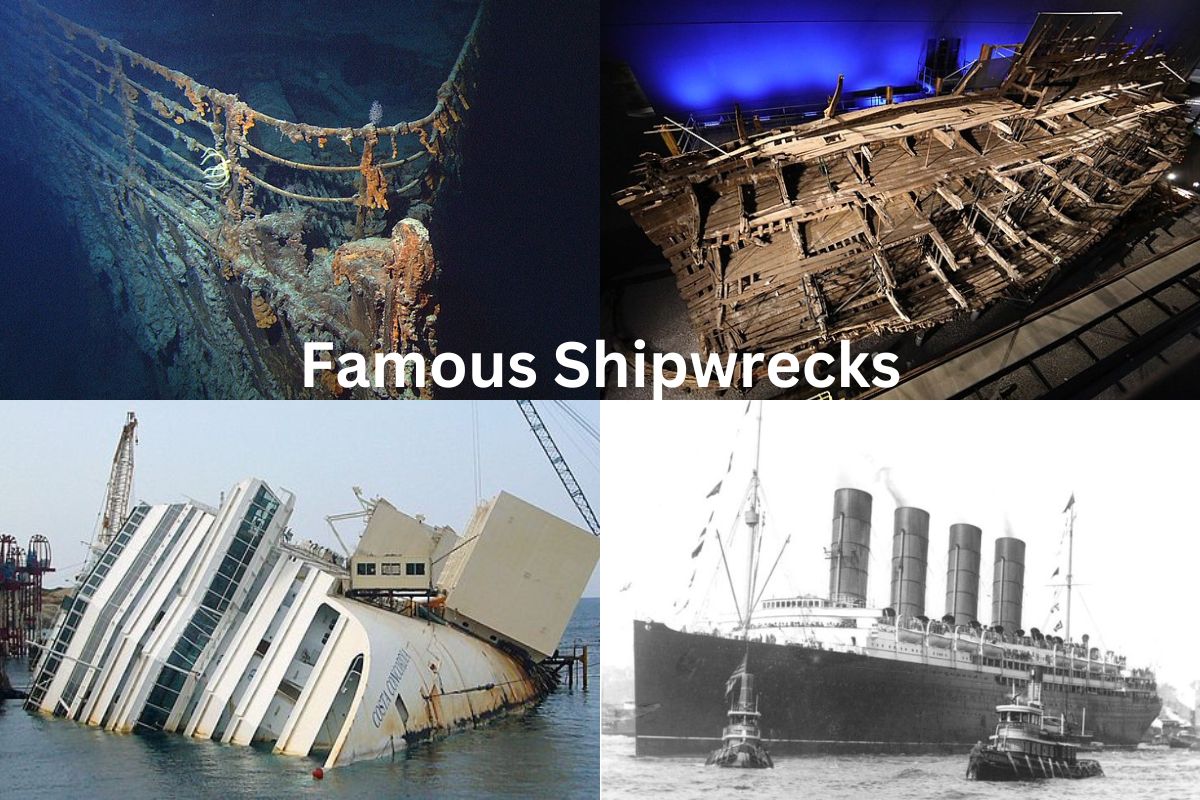Throughout history, several famous shipwrecks have attracted the attention and imagination of people all across the world.
Some of these wrecks are well-known for their tragic results, while others are noteworthy for their historical significance or the priceless items they contain.
The stories behind these sunken vessels continue to intrigue us to this day, from the tragic voyage of the Titanic to the eerie ruin of the Lusitania. Some historic shipwrecks, such as the Mary Rose and the Vasa, provide insight into past lives and technologies.
While the causes and circumstances of each disaster differ, they all have one thing in common: human tragedy, perseverance, and the enduring mystery that surrounds lost ships and their secrets hidden beneath the waves.
Famous Shipwrecks
1. Titanic (1912)
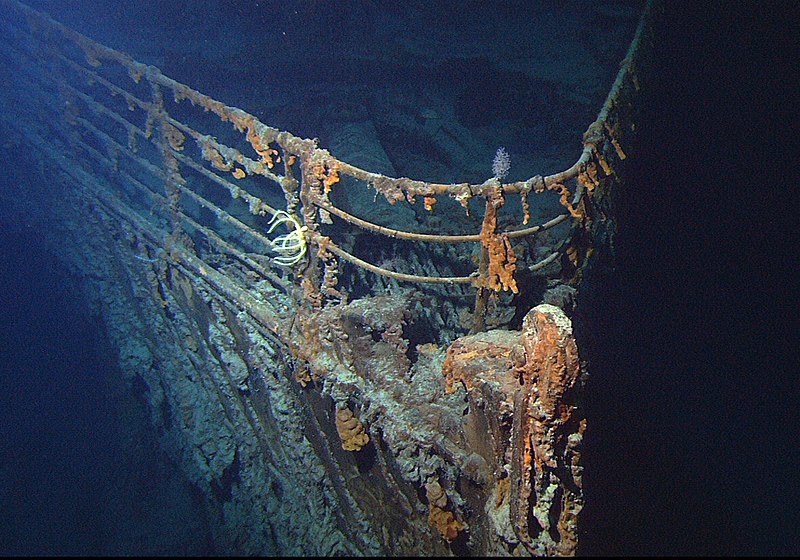
The Titanic was a British passenger liner that sank in the North Atlantic Ocean on April 15, 1912, after colliding with an iceberg on her maiden voyage from Southampton, UK, to New York City, USA.
The Titanic was intended to be one of the largest and most luxurious ships of its day, including swimming pools, Turkish baths, and a grand staircase. The ship was only four days into its journey when disaster struck.
The Titanic carried over 2,200 passengers and crew members, including several well-known figures like as business people, politicians, and entertainers. The Titanic’s collision with the iceberg caused considerable damage, and it was clear that the ship was sinking. Despite efforts to save it, the ship sank, killing around 1,500 people.
The sinking of the Titanic became a global disaster that captured the public imagination. The disaster generated a spate of inquiries and investigations, including one by the United States Senate, which resulted in significant revisions to marine safety regulations.
The Titanic’s legacy lives on in popular culture, with a plethora of literature, films, and television shows centered on the disaster. The Titanic remains one of history’s most infamous and terrifying ships, a testament to the fragility of human life and the dangers of the open sea.
2. Lusitania (1915)
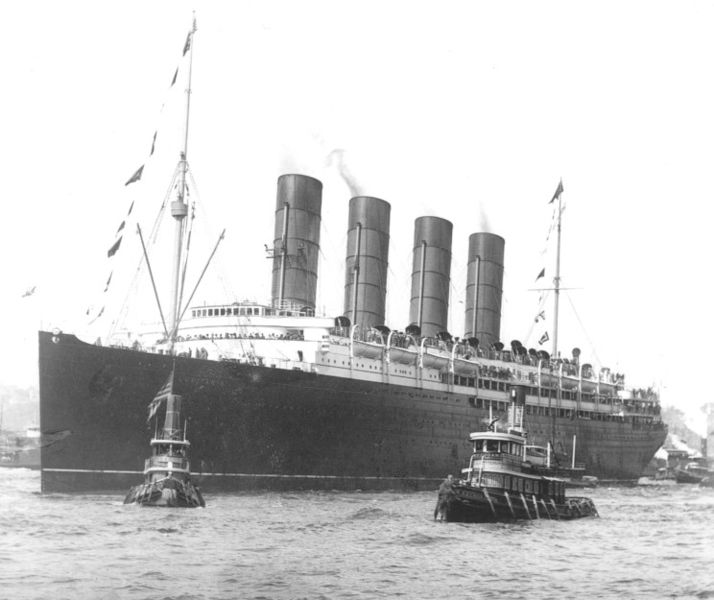
The Lusitania was a British ocean liner that was torpedoed and lost by a German U-boat on May 7, 1915, during World War I.
The ship was on her way from New York to Liverpool when it was hit by a single torpedo fired by the German submarine U-20, resulting in a catastrophic explosion that killed 1,198 passengers and crew members.
One hundred and twenty Americans were among those slaughtered, which heightened popular outrage against Germany and pushed the United States closer to war.
The sinking of the Lusitania was a momentous event in the war and had a huge impact on public opinion. It was widely criticized as a horrible act of war against civilians, and those advocating for the United States to join the Allies used it as a rallying cry.
The sinking also had long-term consequences for maritime warfare, resulting in modifications in ship design, the deployment of convoy systems, and other efforts to safeguard civilian vessels.
The Lusitania’s wreck was discovered off the coast of Ireland in 1935, and efforts to study and document the ship’s remnants have continued to this day. The sinking of the Lusitania is still remembered as a tragic and major event in both World War I and maritime disaster history.
3. Andrea Doria (1956)
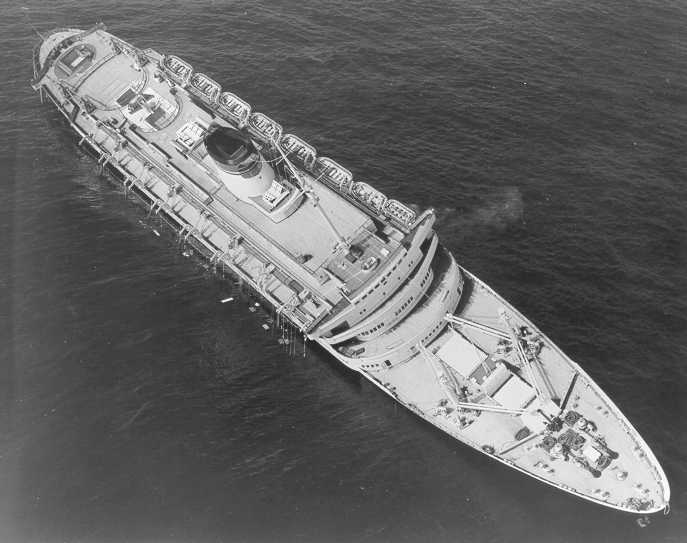
The Andrea Doria was an Italian luxury liner that sank on July 25, 1956, off the coast of Massachusetts after colliding with the Swedish ship Stockholm. The crash occurred in dense fog and killed 46 persons on board the Andrea Doria.
The Andrea Doria’s sinking was one of the biggest maritime disasters in American history, and it received extensive coverage in the media at the time. The ship was carrying many wealthy and renowned passengers, including movie stars and European aristocracy, which contributed to the tragedy and drew the attention of the public.
Despite the severity of the collision, the majority of passengers and personnel on board the Andrea Doria were able to escape safely thanks to the prompt response of surrounding ships and the coast guard.
The accident also highlighted technological developments and safety precautions in the maritime sector, since many people were saved by newly built life rafts and life jackets.
Due to its remarkably intact condition and placement in a relatively shallow section of the Atlantic, the wreck of the Andrea Doria remains a popular site for deep-sea divers today. The Andrea Doria’s sinking is remembered as a tragic incident in the history of ocean liners.
4. USS Arizona (1941)
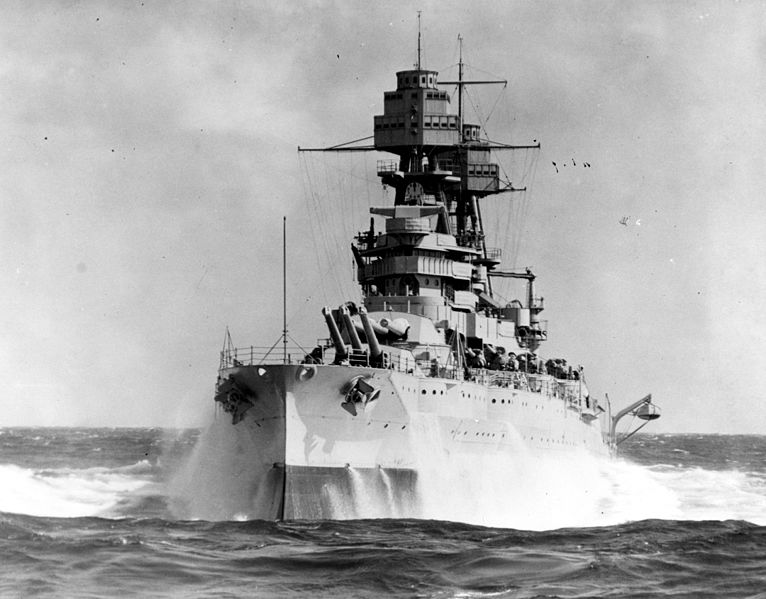
The USS Arizona was a United States Navy battleship that was sunk during the Japanese attack on Pearl Harbor on December 7, 1941, which precipitated the country’s entry into World War II. The ship was commissioned in 1916 and served as part of the United States Pacific Fleet out of Pearl Harbor, Hawaii.
The USS Arizona was a battleship of the Pennsylvania class that measured more than 185 meters in length and weighed more than 34,000 tons. When it was commissioned, it was fully outfitted with deadly armaments and regarded as one of the most powerful battleships in the world.
During the attack on Pearl Harbor, the USS Arizona was hit by numerous bombs, causing the ship to explode and sink swiftly, killing 1,177 sailors and Marines on board, accounting for over half of the American casualties.
The USS Arizona now stands at the bottom of Pearl Harbor as a national monument and memorial to the sailors and Marines who perished on board. The ship is a somber reminder of the sacrifices made by American service members during WWII, and it has come to symbolize the country’s determination to protect its freedom and beliefs.
5. HMS Bounty (1789)
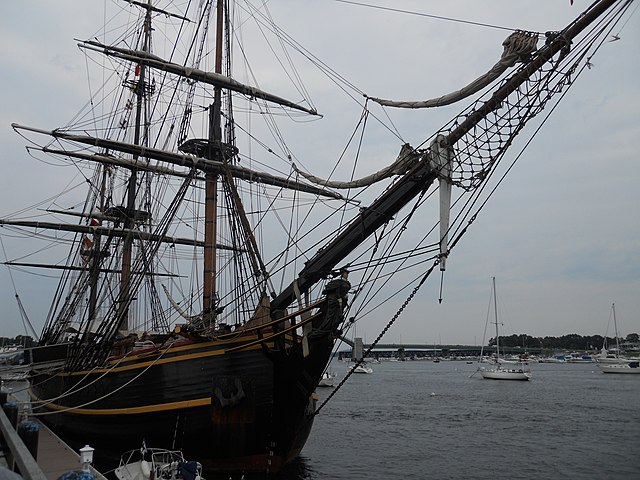
The HMS Bounty was a British Royal Navy ship most known for the on-board mutiny in 1789. The Bounty was built in 1784 to bring breadfruit from Tahiti to the West Indies as part of a British endeavor to cultivate a new crop for enslaved workers.
During the voyage to Tahiti, conflicts between the crew and the ship’s commander, William Bligh, erupted, and in April 1789, a gang of mutineers led by Fletcher Christian seized control of the ship, leaving Bligh and many of his ardent supporters alone in a tiny boat.
The Bounty continued to sail after the mutiny, with Christian and the mutineers finally settling on Pitcairn Island in the South Pacific. The ship was burnt and sunk to prevent notice.
The fate of the mutineers and their descendants on Pitcairn Island was unknown for many years, but academics were able to piece together the account of the mutiny and its aftermath in the twentieth century.
The story of the HMS Bounty and the mutiny on board has inspired innumerable books, films, and other works of popular culture, and the ship has become an iconic symbol of the hazards and perils of discovery and adventure.
6. Mary Rose (1545)
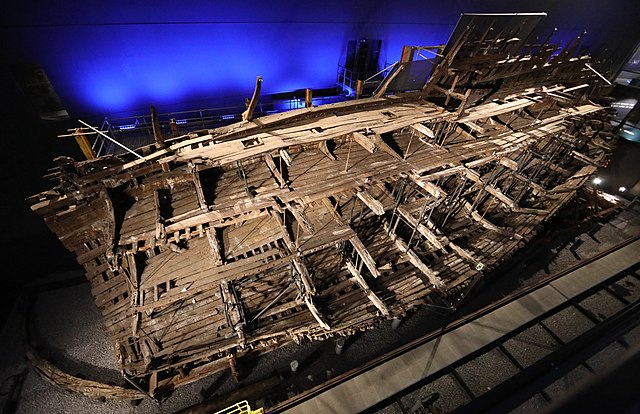
The Mary Rose was an English Tudor navy warship that was launched in 1511 during King Henry VIII’s reign. The ship took part in various battles, including the Battle of the Solent against the French navy in 1545. The Mary Rose overturned and sank during this combat, killing the majority of the crew and soldiers on board.
The wreck’s location was unknown for centuries until it was found in 1971 and lifted from the seabed in 1982. The ship’s wreckage and artifacts have been carefully conserved and are currently on display at the Mary Rose Museum in Portsmouth, UK.
With its combination of conventional sailing methods and developing technologies like as guns and gunpowder, the Mary Rose symbolizes a unique period in English naval history.
The ship also provides a look into Tudor life and society, since objects discovered on board reveal details about the crew and soldiers’ daily routines.
The Mary Rose is now a renowned tourist attraction as well as a symbol of England’s maritime heritage. Historians and archaeologists continue to study the ship and her remains, providing unique insights into the Tudor age and the evolution of naval warfare.
7. Vasa (1628)
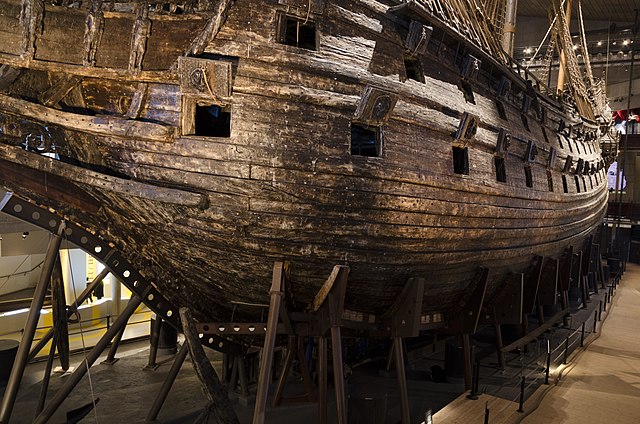
The Vasa was a Swedish warship that sank in 1628 on its maiden voyage. King Gustavus Adolphus commissioned the ship, which was one of the largest and most heavily equipped warships of its day. The ship crashed and sank mere minutes after setting sail due to design problems and top-heavy construction.
The Vasa was lost for over 300 years before being recovered and salvaged in 1961. The ship and her treasures are now on display in Stockholm’s Vasa Museum.
The Vasa is notable because it is one of the most complete and well-preserved 17th-century warships. The ship and its artifacts provide fascinating insights into the era’s technology, workmanship, and daily living. The Vasa has also rekindled interest in marine archaeology and preservation, as well as the development of innovative underwater excavation and restoration techniques.
The Vasa Museum is now a renowned tourist destination and a symbol of Swedish naval history. Historians and archaeologists continue to study the ship and her artifacts, providing unique insights into the history of naval combat and the development of shipbuilding technology.
8. RMS Empress of Ireland (1914)
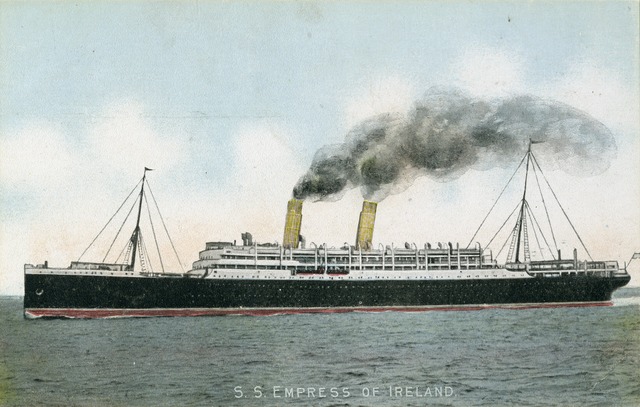
The Canadian Pacific passenger liner RMS Empress of Ireland sank in the St. Lawrence River on May 29, 1914, after colliding with the Norwegian coal ship Storstad. The collision occurred in severe fog, and the Empress of Ireland collapsed and sank within minutes, killing 1,012 people.
The sinking of the Empress of Ireland is regarded as one of Canada’s worst maritime tragedies. The majority of the passengers were Canadian immigrants and their families, making it an especially terrible occurrence for the country. The accident also had long-term consequences for maritime safety, prompting improvements in ship design and navigation laws.
The search for and exploration of the wreck of the Empress of Ireland began in the 1960s and has continued to this day. The wreck is now preserved by the Canadian Heritage Rivers System and is a popular destination for divers and nautical history buffs.
The sinking of the Empress of Ireland is an important event in Canadian history that serves as a reminder of the risks of nautical travel. It also demonstrates the bravery and heroism of the rescuers who risked their lives to save others during the crisis.
9. USS Indianapolis (1945)
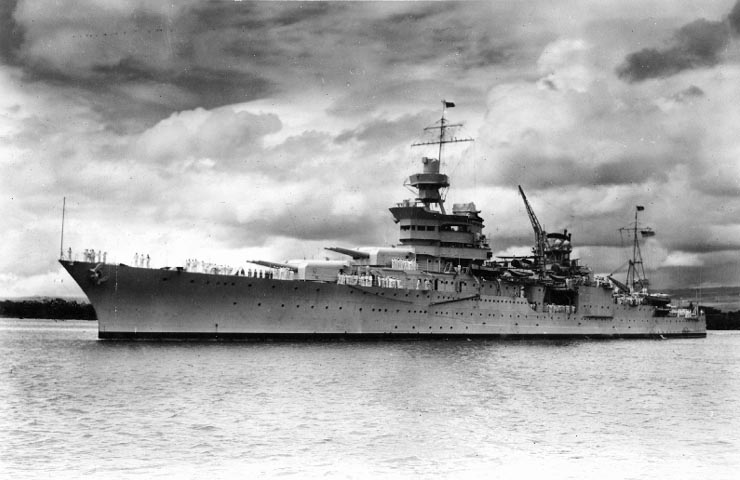
The USS Indianapolis was a heavy cruiser in the United States Navy that played an important part in World War II’s Pacific theater. The ship was returning from a top-secret mission to carry components of the atomic bomb to Tinian Island when it was sunk by a Japanese submarine on July 30, 1945.
The ship sank swiftly, and rescue efforts were hampered by communication breakdowns, leaving many crew members stranded in shark-infested seas for days.
Just 316 of the nearly 1,200 crew members on board survived, making it one of the bloodiest events in US Navy history. Because of the nature of the Indianapolis’ mission and the awful conditions faced by the survivors, the sinking drew significant attention.
The USS Indianapolis tragedy has been memorialized in novels, movies, and films, and survivors have tried to ensure that the ship and its crew’s narrative is not forgotten. The wreck of the USS Indianapolis was discovered in 2017, and efforts are now ongoing to preserve and document the ship’s wreckage.
The sinking of the USS Indianapolis is a terrible reminder of the sacrifices made by service members during times of war, as well as the perils that might be encountered at sea.
The survivors and relatives of those who perished continue to remember the ship and its crew, ensuring that their sacrifice is not forgotten.
10. Bismarck (1941)
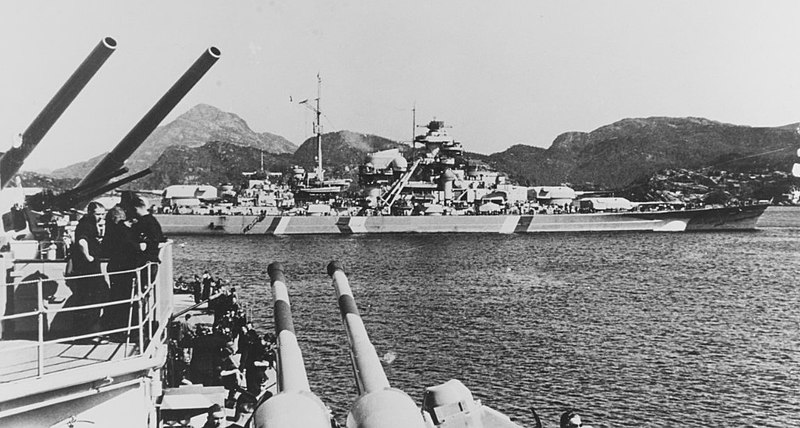
During World War Two, the Bismarck was a German battleship that was sunk by the British Royal Navy on May 27-28, 1941. The Bismarck was one of the largest and most powerful battleships of its time, posing a serious threat to British naval forces in the Atlantic.
The sinking of the Bismarck was a momentous success for the Allies, and it is regarded as one of World War II’s most crucial naval battles. Over several days, British forces pursued the ship mercilessly until it was crippled and sunk by torpedoes and gunfire from British warships. Only 114 of the Bismarck’s 2,200 crew men survived.
The loss of the Bismarck changed the direction of the war by removing a major threat to Allied ships in the Atlantic. The action also demonstrated the force and efficacy of naval warfare throughout WWII, and it remains a key event in naval warfare history.
The Bismarck wreck is now a famous destination for deep-sea divers and has been the topic of countless films and publications. The ship is still a symbol of war’s strength and destruction, as well as a reminder of the human cost of war.
11. SS Edmund Fitzgerald (1975)
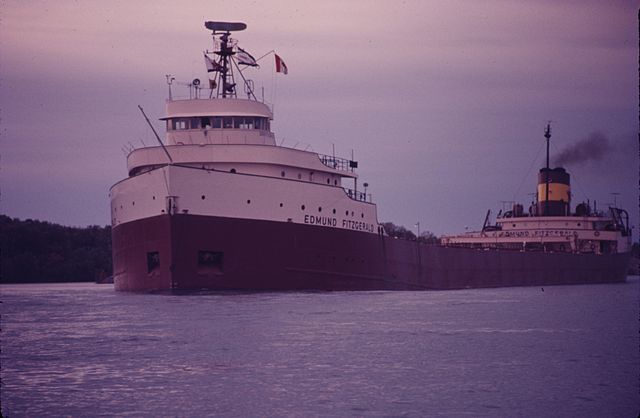
The SS Edmund Fitzgerald was an American Great Lakes freighter that sank in Lake Superior during a strong storm on November 10, 1975. The ship’s 29 crew men were all killed, and the wreck is still at the bottom of the lake today.
The Edmund Fitzgerald’s sinking is one of the most well-known and analyzed maritime tragedies in American history. The ship was transporting a significant cargo of iron ore pellets when it encountered a storm with hurricane-force winds and 35-foot-high waves. Despite the crew’s and rescue teams’ efforts, the ship eventually split in two and sank.
The incident got considerable media coverage and inspired a popular ballad by Canadian singer-songwriter Gordon Lightfoot, which helped to draw attention to the tragedy and its impact on the crew members’ families.
The sinking also resulted in greater Great Lakes maritime safety laws and training, as well as advances in weather forecasts and communication.
The wreck of the Edmund Fitzgerald is now a prominent dive site and a symbol of the dangers and difficulties of nautical travel. The ship is a sad reminder of the bravery and sacrifice of people who work at sea, as well as a memorial to those who died in the disaster.
12. Costa Concordia (2012)
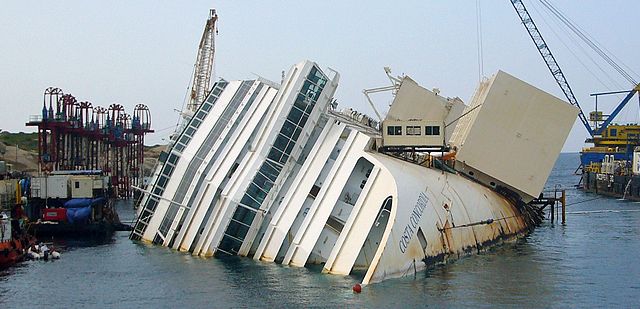
The Costa Concordia was an Italian cruise ship that sank off the coast of Italy on January 13, 2012, after colliding with a rock formation near Giglio. The tragedy killed 32 individuals and caused severe environmental harm in the surrounding area.
The Costa Concordia’s sinking was one of the most high-profile maritime disasters in recent history, with widespread media coverage worldwide. Francesco Schettino, the ship’s captain, was heavily chastised for his conduct during and after the accident, including delaying evacuation and leaving ship before all passengers had been evacuated.
Salvage efforts for the Costa Concordia began in 2012 and took several years to finish. After being refloated, the ship was transported to Genoa, where it was destroyed for scrap.
The Costa Concordia’s sinking emphasized the need of cruise industry safety standards and training, as well as the need for increased accountability for individuals in positions of control on board ships.
The accident also heightened public awareness of the environmental effect of large-scale cruise ships and the importance of responsible industrial operations.
The Costa Concordia is still a sobering reminder of the hazards of seafaring travel and the necessity of safety and accountability in the maritime industry today.
13. The Batavia (1629)
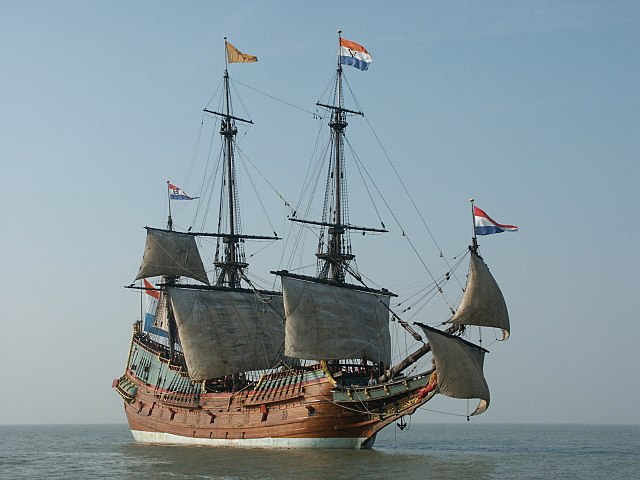
In 1629, the Dutch East India Company ship Batavia was destroyed on a reef off the coast of Western Australia. The ship was carrying important cargo as well as a significant number of passengers and staff, including soldiers and officials from the Dutch East Indies colony.
Following the catastrophe, a group of troops led by high-ranking official Jeronimus Cornelisz launched a savage campaign of murder and mutiny against their fellow survivors. Almost 100 persons were slaughtered by the mutineers before they were defeated by a relief force sent from the neighbouring island of Java.
The Batavia’s story has become legendary for its combination of adventure, betrayal, and tragedy. The ship’s wreck and its treasures have been the focus of ongoing study and excavation, and the events surrounding the mutiny continue to intrigue historians and nautical history enthusiasts.
